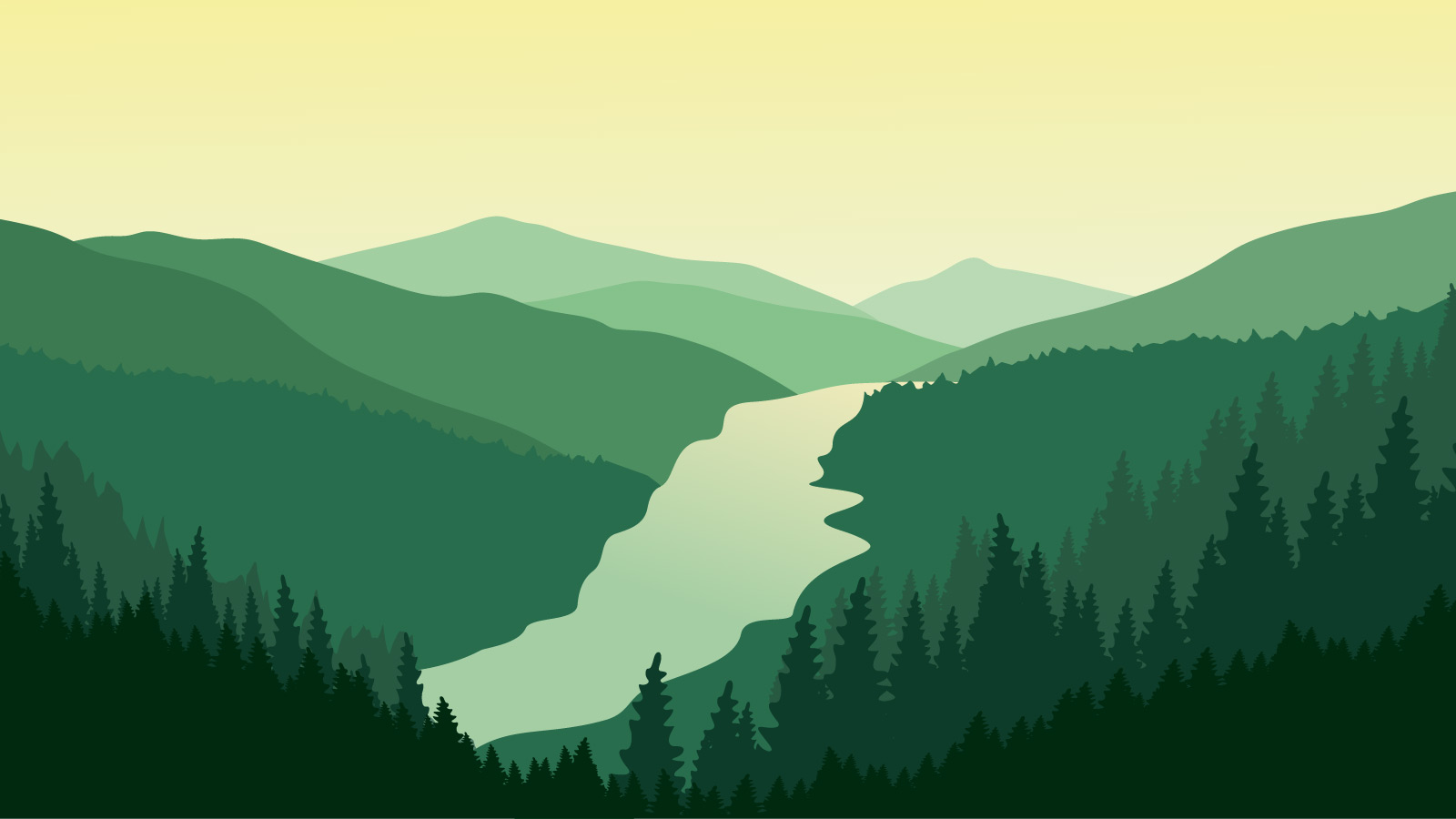
Frequently Asked Questions
Yes, we produce and sell River Sand at multiple locations throughout Metro Atlanta and Georgia. That’s not all we sell though. We have a complete line of other types of sand, topsoil, dirt, gravel, and mulch.
MSHA regulates the safety aspect related to tailings pond (berms, railings, boats, etc.) and the Environmental Protection Division (EPD) regulates the discharge from the pond.
Pea gravel will not move with only direct rainfall on it. However, concentrated flows of water such as near downspouts may push the gravel out of place. You can reduce these areas of concentrated flows and disperse the flow evenly to prevent pea gravel from moving or consider using a larger sized river rock.
Excavators are a great tool to remove sediment or muck from a lake, pond, or lagoon. You can work from the shoreline to reach into the water and excavate the sediment. Excavators can also work from barges or mats within the water or mud. Specialized excavators, such as long reach excavators and amphibious excavators, are made to remove sediment from water effectively.
Dredging is an effective method to remove tailings from one pond and transport it to another for additional storage.
Most portable dredges can dredge 15 to 25 feet deep. Dredges can be equipped to dredge up to 100 feet for mining applications.
The recommended sand depth for a volleyball court is 12 to 24 inches (1 to 2 feet), with 18 inches being the average. Less depth can be used for a backyard volleyball court for weekend fun, but enough sand needs to be considered for safety purposes.
It may vary significantly, but you can find out. One way is to hire a professional, but if you just want a general idea there are many methods to probe. Depending on the sediment type you can use a piece of pvc pipe, rebar, broom handle, or other probe to push and work up and down throught the muck until you feel resistance that is the bottom. Some really fine, consolidated sediment may not let you probe all the water through it but you will have an idea of the depth.
3 to 6 inches is recommended. Infield mix depth a new field can be easily planned and budgeted. Adding more dirt to an existing infield may be a little more tedious. Overall, you do not want the sub-base mixing with the infield mix surface when dragging or playing. Low spots may need infield mix added more than other areas. A 3 to 4 inch minimum will help keep the infield dirt surface free of contaminants and unsuitable dirt from below.
Calculate Your Project
Determine how much product you need for your project and submit it to us for a free estimate, including delivery costs.
Dredging projects and In-Field Mix are calculated separately.
